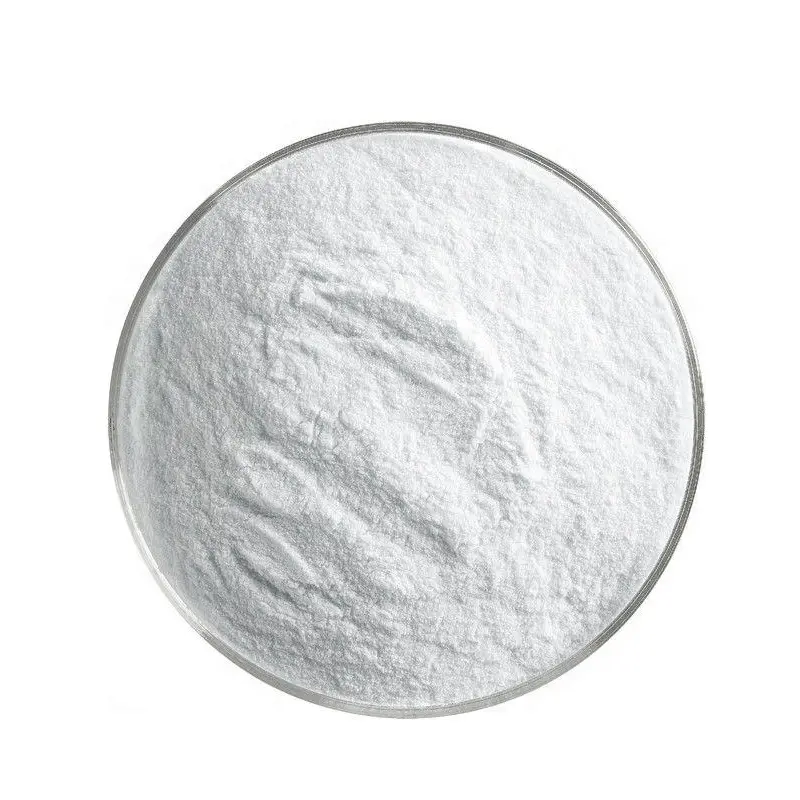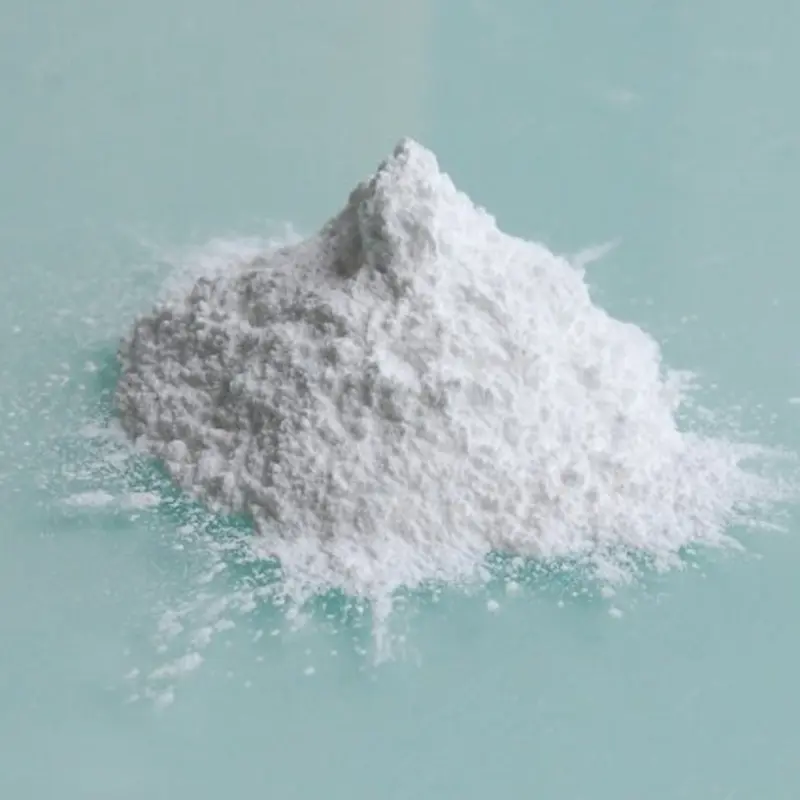Thiophanate-Methyl + Pyraclostrobin Fungicide Combination
The combination of thiophanate-methyl and pyraclostrobin brings together two highly effective fungicides, each with distinct modes of action, to deliver robust protection against a wide range of fungal diseases. Below is an in-depth overview of the individual components and their synergistic benefits when used together.
1. Thiophanate-Methyl Overview
What is Thiophanate-Methyl?
Thiophanate-methyl is a systemic fungicide from the benzimidazole chemical group. It provides preventive and curative action by inhibiting fungal cell division, making it highly effective against a variety of fungal diseases.
Key Features:
- Mode of Action: Inhibits beta-tubulin formation in fungal cells, preventing growth and reproduction.
- Target Diseases: Controls anthracnose, powdery mildew, leaf spots, and blights.
- Systemic Properties: Absorbed into plants, offering internal protection.
Applications:
- Crops: Fruits (citrus, apples), vegetables (tomatoes, cucumbers), cereals, and ornamentals.
- Turf: Effective against brown patch and dollar spot.
2. Pyraclostrobin Overview
What is Pyraclostrobin?
Pyraclostrobin is a strobilurin fungicide that disrupts fungal respiration, providing strong preventive action. Known for its ability to enhance plant health (physiological benefits), it not only protects crops but also promotes better growth.
Key Features:
- Mode of Action: Inhibits mitochondrial respiration in fungal cells, halting energy production.
- Target Diseases: Effective against rusts, powdery mildew, downy mildew, and anthracnose.
- Plant Health Benefits: Improves stress tolerance, water efficiency, and photosynthesis.
Applications:
- Crops: Grapes, soybeans, wheat, vegetables, and turfgrass.
- Preventive Action: Ideal for high-value crops requiring early and sustained disease control.
3. Thiophanate-Methyl + Pyraclostrobin Combination
What Makes This Combination Unique?
When combined, thiophanate-methyl and pyraclostrobin provide complementary modes of action that deliver:
- Systemic and Contact Protection: Thiophanate-methyl offers systemic control, while pyraclostrobin acts on fungal surfaces, creating a dual barrier.
- Preventive and Curative Action: Pyraclostrobin prevents new infections, while thiophanate-methyl cures existing ones.
- Broad-Spectrum Efficacy: Effective against a wider range of fungal pathogens, reducing the need for additional fungicides.
Applications:
- Fruits and Vegetables: Combats anthracnose, rusts, leaf spots, and powdery mildew in crops like apples, tomatoes, and cucumbers.
- Turf and Ornamentals: Ideal for managing dollar spot, brown patch, and leaf blights in turfgrass and ornamental plants.
- Cereals and Soybeans: Controls foliar diseases like rusts and blights.
4. Benefits of Thiophanate-Methyl + Pyraclostrobin
- Enhanced Disease Control:
- The systemic properties of thiophanate-methyl ensure thorough protection from root to leaf.
- Pyraclostrobin’s contact action provides a fast knockdown of fungal spores on plant surfaces.
- Resistance Management:
- Two distinct modes of action reduce the risk of fungicide resistance.
- Extended Residual Protection:
- Offers long-lasting protection, minimizing the frequency of applications.
- Improved Plant Health:
- Pyraclostrobin enhances stress tolerance and boosts plant vigor, leading to higher yields.
- Ease of Application:
- Formulated for easy mixing and application, compatible with standard agricultural sprayers.
5. Application Guidelines
Target Crops:
- Fruits: Apples, citrus, and peaches.
- Vegetables: Tomatoes, cucumbers, and peppers.
- Turf: Golf courses, residential lawns, and sports fields.
- Cereals: Wheat, barley, and rice.
Dosage:
- Follow the manufacturer’s label for precise dosage rates. Typical applications range between 1 to 2 liters per hectare, depending on the crop and disease severity.
Timing:
- Apply at the first sign of disease for curative action or as a preventive measure during high-risk periods (e.g., wet and humid conditions).
Reapplication:
- Repeat every 10 to 14 days, as recommended, to maintain effective disease control.
6. Precautions and Compatibility
Precautions:
- Avoid applications during extreme heat or drought to prevent crop stress.
- Always wear protective equipment during application.
Compatibility:
- Compatible with many insecticides, herbicides, and fertilizers.
- Perform a jar test to ensure mixture stability before large-scale use.
Conclusion
The combination of thiophanate-methyl and pyraclostrobin is a highly effective fungicidal solution, offering broad-spectrum disease control, enhanced plant health benefits, and reliable protection for high-value crops. Its dual-action mechanism, combining systemic and preventive properties, makes it an indispensable tool for farmers, landscapers, and turf managers looking to safeguard their investments and maximize yields.
The combination of thiophanate-methyl and pyraclostrobin brings together two highly effective fungicides, each with distinct modes of action, to deliver robust protection against a wide range of fungal diseases. Below is an in-depth overview of the individual components and their synergistic benefits when used together.
1. Thiophanate-Methyl Overview
What is Thiophanate-Methyl?
Thiophanate-methyl is a systemic fungicide from the benzimidazole chemical group. It provides preventive and curative action by inhibiting fungal cell division, making it highly effective against a variety of fungal diseases.
Key Features:
- Mode of Action: Inhibits beta-tubulin formation in fungal cells, preventing growth and reproduction.
- Target Diseases: Controls anthracnose, powdery mildew, leaf spots, and blights.
- Systemic Properties: Absorbed into plants, offering internal protection.
Applications:
- Crops: Fruits (citrus, apples), vegetables (tomatoes, cucumbers), cereals, and ornamentals.
- Turf: Effective against brown patch and dollar spot.
2. Pyraclostrobin Overview
What is Pyraclostrobin?
Pyraclostrobin is a strobilurin fungicide that disrupts fungal respiration, providing strong preventive action. Known for its ability to enhance plant health (physiological benefits), it not only protects crops but also promotes better growth.
Key Features:
- Mode of Action: Inhibits mitochondrial respiration in fungal cells, halting energy production.
- Target Diseases: Effective against rusts, powdery mildew, downy mildew, and anthracnose.
- Plant Health Benefits: Improves stress tolerance, water efficiency, and photosynthesis.
Applications:
- Crops: Grapes, soybeans, wheat, vegetables, and turfgrass.
- Preventive Action: Ideal for high-value crops requiring early and sustained disease control.
3. Thiophanate-Methyl + Pyraclostrobin Combination
What Makes This Combination Unique?
When combined, thiophanate-methyl and pyraclostrobin provide complementary modes of action that deliver:
- Systemic and Contact Protection: Thiophanate-methyl offers systemic control, while pyraclostrobin acts on fungal surfaces, creating a dual barrier.
- Preventive and Curative Action: Pyraclostrobin prevents new infections, while thiophanate-methyl cures existing ones.
- Broad-Spectrum Efficacy: Effective against a wider range of fungal pathogens, reducing the need for additional fungicides.
Applications:
- Fruits and Vegetables: Combats anthracnose, rusts, leaf spots, and powdery mildew in crops like apples, tomatoes, and cucumbers.
- Turf and Ornamentals: Ideal for managing dollar spot, brown patch, and leaf blights in turfgrass and ornamental plants.
- Cereals and Soybeans: Controls foliar diseases like rusts and blights.
4. Benefits of Thiophanate-Methyl + Pyraclostrobin
- Enhanced Disease Control:
- The systemic properties of thiophanate-methyl ensure thorough protection from root to leaf.
- Pyraclostrobin’s contact action provides a fast knockdown of fungal spores on plant surfaces.
- Resistance Management:
- Two distinct modes of action reduce the risk of fungicide resistance.
- Extended Residual Protection:
- Offers long-lasting protection, minimizing the frequency of applications.
- Improved Plant Health:
- Pyraclostrobin enhances stress tolerance and boosts plant vigor, leading to higher yields.
- Ease of Application:
- Formulated for easy mixing and application, compatible with standard agricultural sprayers.
5. Application Guidelines
Target Crops:
- Fruits: Apples, citrus, and peaches.
- Vegetables: Tomatoes, cucumbers, and peppers.
- Turf: Golf courses, residential lawns, and sports fields.
- Cereals: Wheat, barley, and rice.
Dosage:
- Follow the manufacturer’s label for precise dosage rates. Typical applications range between 1 to 2 liters per hectare, depending on the crop and disease severity.
Timing:
- Apply at the first sign of disease for curative action or as a preventive measure during high-risk periods (e.g., wet and humid conditions).
Reapplication:
- Repeat every 10 to 14 days, as recommended, to maintain effective disease control.
6. Precautions and Compatibility
Precautions:
- Avoid applications during extreme heat or drought to prevent crop stress.
- Always wear protective equipment during application.
Compatibility:
- Compatible with many insecticides, herbicides, and fertilizers.
- Perform a jar test to ensure mixture stability before large-scale use.
Conclusion
The combination of thiophanate-methyl and pyraclostrobin is a highly effective fungicidal solution, offering broad-spectrum disease control, enhanced plant health benefits, and reliable protection for high-value crops. Its dual-action mechanism, combining systemic and preventive properties, makes it an indispensable tool for farmers, landscapers, and turf managers looking to safeguard their investments and maximize yields.





